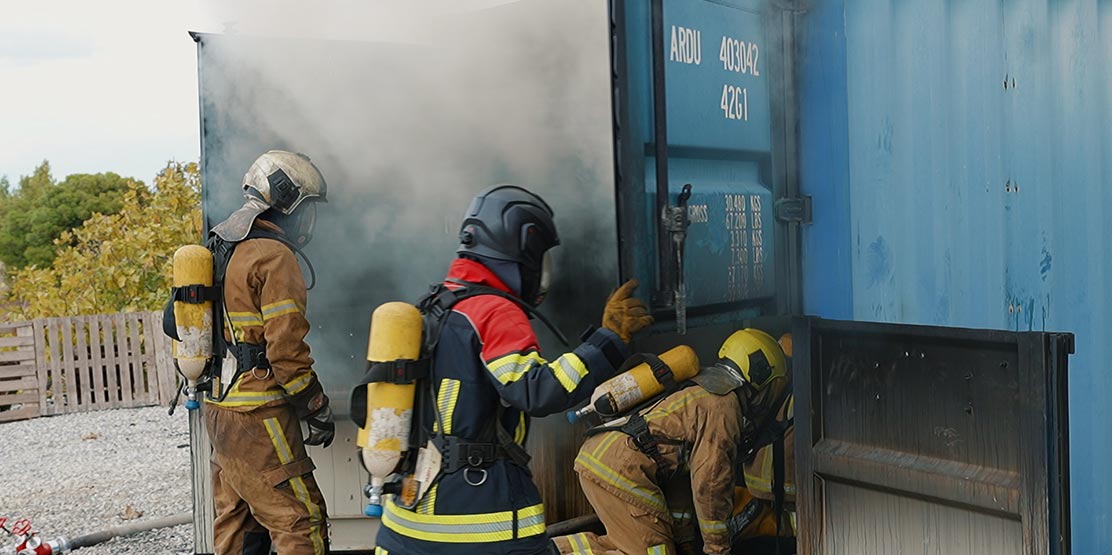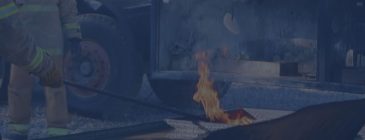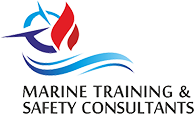IMO being concerned about the continued fatalities resulting from entrance into Enclosed Spaces had recently added a new requirement for mandatory Enclosed Space Entry and Rescue Drills
Course
Objectives
ESER bridges the gap between knowledge and real-life practice by training trainees in a realistic environment to make critical decisions for safe enclosed space entry and rescue drills. This course complies with SOLAS amended Reg19 (Ch.III, part B) and PSC inspection requirements, covering all aspects of Enclosed Spaces Entry.
Why
Eser
- Resolution A.1050 (27) “Recommendations for entering Enclosed Spaces”
- MSC. 1 / circ. 1477 “testing instruments for Enclosed Spaces”
- More specifically, the trainee will be able to:
a. Allocation of duties
b. Co-ordination of the evacuation of a casualty in an enclosed space
c. Effective communications
- Consciously realize which are the difficulties of carrying out an actual rescue operation and hence appreciate the value of realistic rescue team training
- Conduct a safe & effective drill as per SOLAS amendments requirements (Ch. III, Reg. 19)
Entities that are concerned about this problem:
- MoU’s launched CIC on Crew Familiarization for Enclosed Space Entry (Sept. – Nov. 2015).
- PSC are checking crew’s enough training Drills
- The Marine Accident Investigators’ International Forum have found that any Enclosed Space skills and knowledge is being taught on board often by those with no experience and no formal training in Enclosed Space Rescue operations.
Therefore, for someone to carry out a meaningful drill, a complete and formal training in enclosed space rescue management by competent trainers must be implemented.
Based on the above needs and the existing IMO requirements “ENCLOSED SPACE ENTRY AND RESCUE DRILLS COURSE” was developed.

Course
Theory
- Enclosed Space Hazards types
- Duties and responsibilities of Competent person, Responsible person, Attendant
- Risk assessment
- Testing the atmosphere
- Procedures before and during entry
Course
Practice
- Realistic hands-on training is used throughout the course in various compartments of the enclosed space simulator construction, equipped with vertical ladder, narrow apertures, complex space separation and a rescue tripod, simulating various ship spaces.
- Life threatening scenarios are developed, in which possible incapacitated persons are identified and entry must be made for rescue operation. Before starting each rescue drill a risk assessment is conducted by each trainee.
- Among various drills a human-sized training dummy simulating an incapacitated person is to be rescued from a tank and other compartments through apertures of various dimensions (e.g. a manhole 60x80cm).
- During the drills, unexpected conditions are intentionally created to provide equivalent realistic conditions for actual real-life rescue.
- Each drill includes application of rescue procedures and use of:
– PPE (e.g. SCBA, etc) required for entry
– Communicating equipment and procedures
– Instruments for atmosphere measuring
– Rescue equipment
– When each drill is completed a debriefing is conducted
The following amendments #1 and #3 were adopted by resolution MCS.350 (92) and MCS.380 (94) and entered into force on 1 January 2015 and 1 July 2016 respectively.
1. SOLAS, Chapter III, Part B
Regulation 19 – Emergency training and drills**
3.3 Crew members with enclosed space entry and rescue responsibilities shall participate in an enclosed space entry and rescue drill to be held on board the ship at least every two months.
3.6 Enclosed space entry and rescue drills**
3.6.1 Enclosed space entry and rescue drills should be planned and conducted in a safe manner, considering, as appropriate, the guidance provided in the recommendations developed by the Organization. *
3.6.2 Each enclosed space entry and rescue drill shall include:
1. checking and use of personal protective equipment required for entry;
2. checking and use of communication equipment and procedures;
3. checking and use of instruments for measuring the atmosphere in enclosed spaces;
4. checking and use of rescue equipment and procedures; and
5. instructions in first aid and resuscitation techniques.
* Refer to the Revised Recommendation for entering enclosed spaces abroad ships (resolution A.1050(27)).”
**MTSC conducts ESER 1 1/2 day course providing realistic practical instruction for planning and execution of such drills. Realistic practical exercises are carried out by the trainees including use of above equipment and rescue operation through narrow manholes.
2. Resolution A.1050 (27) – “Revised Recommendations for entering Enclosed Spaces Abroad Ships”
including Appendix “Example of an Enclosed Space Entry Permit”
3. Chapter XI-1 – Special measures to enhance maritime safety
Regulation 7 – Atmosphere testing instrument for enclosed spaces
Every ship to which chapter I applies shall carry an appropriate portable atmosphere testing instrument or instruments *. As a minimum, these shall be capable of measuring concentrations of oxygen, flammable gases or vapors, hydrogen sulfide and carbon monoxide prior to entry into enclosed spaces. ** Instruments carried under other requirements may satisfy this regulation. Suitable means shall be provided for the calibration*** of all such instruments.
* Refer to Guidelines to facilitate the selection of portable atmosphere testing instruments for enclosed spaces as required by SOLAS regulation XI-1/7 (MSC.1/Circ.1477). ** Refer to Revised recommendations for entering enclosed spaces abroad ships (resolution A.1050(27)).
4. UNIFIED INTERPRATATION OF SOLAS REGULATION XI-1/7 Provision of suitable means for the calibration of portable atmosphere testing instruments
Compliance with the provision “suitable means shall be provided for the calibration of all such instruments” in SOLAS regulation XI-1-7, as adopted by resolution MSC.380(94), may be achieved by portable atmosphere testing instruments being calibrated on board*** or ashore in accordance with the manufacturer’s instructions. The above clarification refers to the calibration of portable atmosphere testing instruments, as required by SOLAS regulation XI-1/7, and not to any pre-operational accuracy tests as recommended by the manufacturer.
5. GUIDELINES TO FACILITATE THE SELECTION OF PORTABLE ATMOSPHERE TESTING INSTRUMENTS FOR ENCLOSED SPACES AS REQUIRED BY SOLAS REGULATION XI-1/7
- These Guidelines refer to the instrument used to test the atmosphere in an enclosed space before entry and at appropriate intervals thereafter until all work is completed. They do not refer to a personal gas detector that is intended to be carried by an individual whilst inside the enclosed space.
- This instrument should be capable of remote sampling and detection for all gases that it is designed for, without interference from the atmosphere or other characteristics of the intervening space.
6. INSTRUCTIONS AND CLARIFICATION FROM ISGOTT AND VARIOUS MARITIME ADMINISTRATIONS
- The person undertaking the full assessment should enter the tank carrying an emergency escape breathing device and a personal gas monitor, in addition to the gas testing instrument.
- These portable testing instruments will not be used as part of personal protective safety equipment, but as part of the ship’s equipment. They will be used to test enclosed spaces from the outside to make sure that they are safe to enter.
- Compliance with regulation XI-1/7 may be achieved by:
Carrying means of calibration for the instrument on board the ship and providing crew with sufficient training*** to calibrate the instrument on board.
***MTSC conducts Hazardous Atmosphere Monitoring course providing realistic practical instruction for the correct use and calibration of atmosphere testing Instruments. Trainees test correct operation, calibrate, conduct measurements and interpret results.





